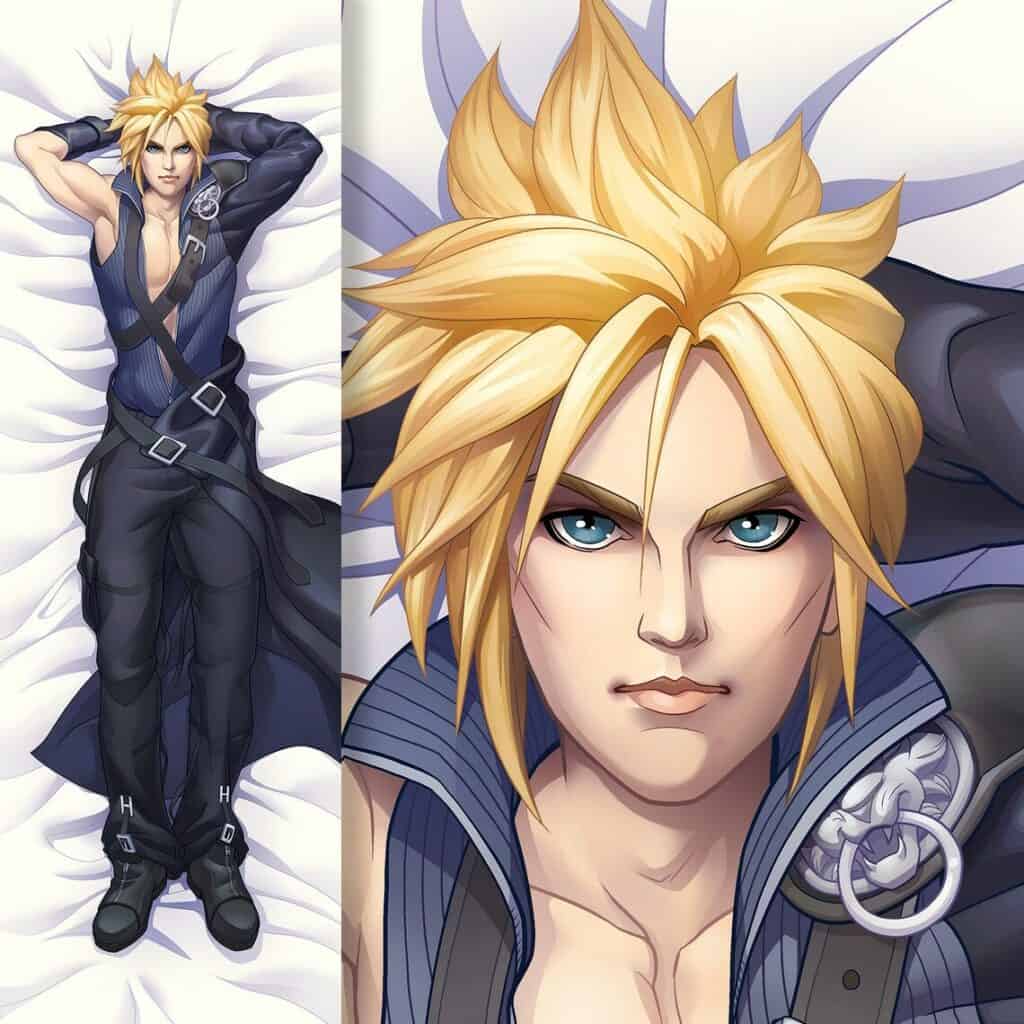Custom dakimakura pillows, celebrated for their unique and personalized designs, depend on advanced printing techniques to deliver high-quality, vibrant images. These sophisticated methods, such as digital printing, sublimation printing, screen printing, and heat transfer printing, ensure that the intricate details and vivid colors of the artwork are flawlessly captured on the pillow covers.
Digital printing offers precise reproduction of complex designs, while sublimation printing provides durable, full-color images embedded into the fabric. Screen printing is ideal for bold, solid colors, and heat transfer printing excels in producing detailed images with high color accuracy. Together, these techniques create visually appealing and long-lasting Dakimakura pillows that stand out for their aesthetic and durability.
Introduction to Custom Dakimakura Printing Techniques
Custom Dakimakura pillows, known for their unique and personalized designs, rely heavily on advanced printing techniques to achieve high-quality, vibrant images. These techniques ensure that the intricate details and vivid colors of the artwork are perfectly captured on the pillow covers, providing a visually appealing and durable product.
Digital Printing
Digital printing is one of the most popular methods used for custom Dakimakura covers. This technique involves transferring digital images directly onto the fabric using specialized inkjet printers. The primary advantage of digital printing is its ability to reproduce complex designs and a wide range of colors with high precision. Additionally, it allows for small print runs, making it cost-effective for custom, one-off designs.
Sublimation Printing
Sublimation printing is another prevalent technique used for custom Dakimakura covers. This process involves using heat to transfer dye onto the fabric. During sublimation, the dye turns into a gas without passing through a liquid state and bonds with the fibers of the fabric, creating a permanent, full-color image. The advantage of sublimation printing is its durability; the colors do not fade, crack, or peel over time, even after multiple washes. This method is particularly suitable for polyester fabrics, which are commonly used in Dakimakura covers.
Screen Printing
Screen printing, while more traditional, is still used for some custom Dakimakura covers, especially when the designs involve fewer colors or simpler patterns. This technique involves creating a stencil (or screen) and using it to apply layers of ink on the fabric. Each color in the design requires a separate screen, making the process more labor-intensive and time-consuming than digital or sublimation printing. However, screen printing is known for producing vibrant and long-lasting colors, making it a preferred choice for certain types of designs. It is particularly effective for bold and solid colors, providing a rich, textured finish that stands out on the fabric.
Heat Transfer Printing
Heat transfer printing is a versatile technique used for applying designs to Dakimakura covers. This method involves printing the design onto a special transfer paper and then using heat to transfer the image onto the fabric. Heat transfer printing is suitable for both simple and complex designs and can be used on various types of fabrics. One of the benefits of this technique is its ability to produce detailed images with a high level of color accuracy.
Embroidery
Although less common, embroidery is occasionally used for adding custom designs to Dakimakura covers. This technique involves stitching the design directly onto the fabric using specialized embroidery machines. Embroidery adds a unique, textured element to the pillow cover, giving it a more luxurious and handcrafted appearance. This method is particularly suitable for adding logos, monograms, or other decorative elements that require a tactile, raised finish.
Conclusion
In conclusion, the printing techniques used for custom Dakimakura covers are crucial in determining the quality and durability of the final product. Digital printing, sublimation printing, screen printing, heat transfer printing, and embroidery each offer unique benefits and are chosen based on the specific requirements of the design and fabric. These advanced printing methods ensure that custom Dakimakura covers are not only visually stunning but also long-lasting and comfortable, making them a popular choice for personalized home décor and gifts.

